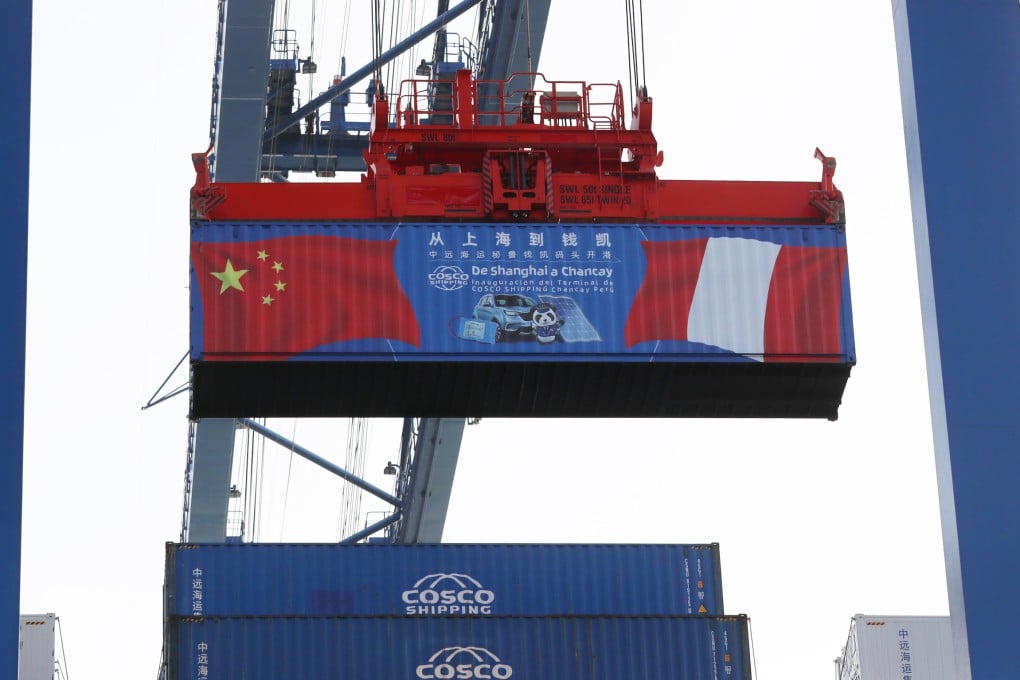Advertisement
Macroscope | For China’s belt and road, the best days are still to come
With rival initiatives lacking substance, Beijing’s transcontinental project is likely to expand as the US exits multilateral commitments
Reading Time:3 minutes
Why you can trust SCMP
4

What is the outlook for China’s Belt and Road Initiative, given that it has faced a barrage of politically motivated attacks from the West since it was first proposed in 2013? The odds of its success seem to have significantly improved in light of recent events.
With Donald Trump’s return to the White House, the so-called “world order” has changed in ways that appear to have escaped the attention or comprehension of many. Notably, the US appears to have blunted some aspects of its overseas interventionist instinct, which is significant for Asia and Europe especially.
From coordinating international opposition to the Belt and Road Initiative to resisting Asian economic integration programmes such as the once-envisaged East Asia Economic Group or the Trans-Pacific Partnership, the US now seems to be in retreat.
Admittedly, countries most affected by this impending withdrawal – with the exception of European nations worried about the US’ handling of the Ukraine war – do not seem to have fully appreciated what it means for them. But realpolitik, like nature, abhors a vacuum and this one is likely to be filled in unexpected ways.
Without the embrace of the US, in terms of economic opportunities as well as military security, Europe must turn elsewhere and that points to the China option, given the country’s lure as a vast market for trade and investment. The Belt and Road Initiative, as a bridge, is likely to be viewed favourably.
The initiative’s objectives have expanded – perhaps becoming too geographically ambitious. It is far more than just an economic corridor in the Eastern Hemisphere which could cause China to tread on the toes of the US and others, as is obvious now from Washington’s moves to counter China or perceived China-controlled entities on the Panama Canal. But that does not negate the basic raison d’être of the initiative as originally envisaged.
Advertisement
